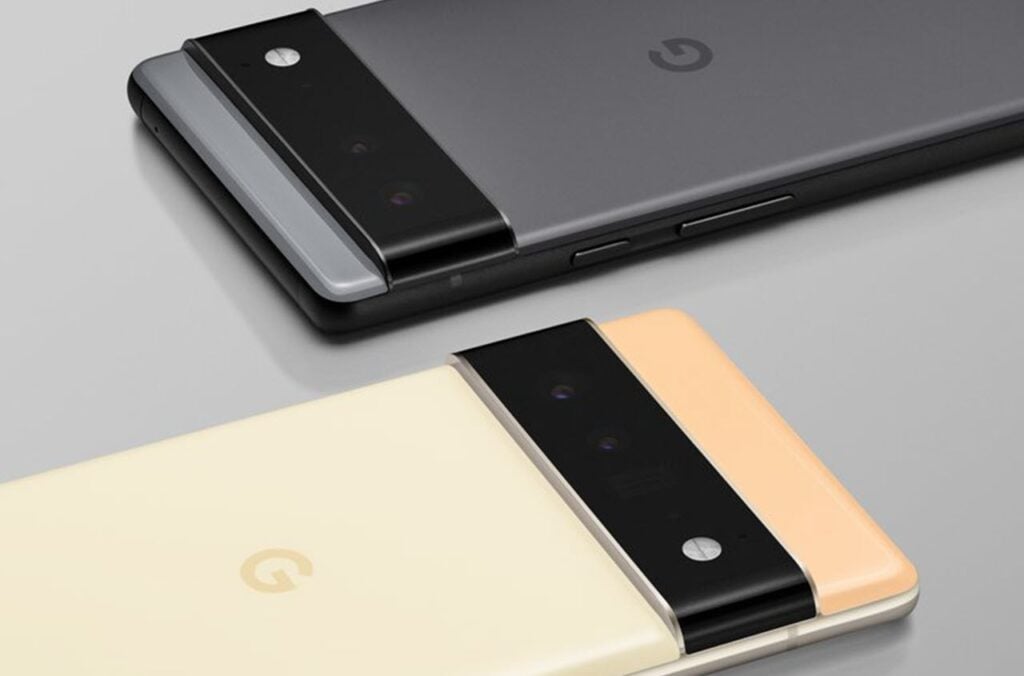Google unveiled the Pixel 6 on Sunday with their first phone with a custom-built SoC specifically for Pixel phones named Tensor. The SoC will power the Pixel 6 and Pixel 6 Pro which is due to launch later this fall.
Instead of giving out a list of features or specifications, the company has leaned heavily on their new SoC which allows them to bring their “most innovative AI and machine learning (ML) to our Pixel users”.
In a blog post put out by the company, they’ve gone in-depth at the advantages the new Tensor SoC will bring, as well as the new design, materials, finishes and upgraded camera design — which is now a flat bar running all across the phone’s width.
In the News: Motorola announces three new phones in the Edge 20 lineup
Is Google finally making a good flagship phone?
As reported by The Verge, the Pixel 6 Pro will have a 6.7-inch QHD+ display running at 120Hz and a slightly curved screen at the edges. The phone also gets three cameras, a departure from Google’s single-camera approach so far.
There’s a wide-angle main sensor, an ultrawide and a 4x optical zoom lens. Google hasn’t shared any specs other than stating that the main wide-angle sensor will take in 150 per cent more light.

The Pixel 6 on the other hand, will feature a 6.4-inch FHD+ screen running at 90Hz. The screen will be perfectly flat with matt-finished rails to go alongside. It also loses the telephoto lens.
However, once again, the big factor here is the Tensor SoC. Both phones will have the new SoC, a Titan M2 security chip and an in-display fingerprint sensor. Colour options differ between the phones with the regular Pixel 6 being the adventurous one with colour options.
What does the Tensor SoC actually do?
The main advantage of the Tensor SoC will be the use of TPUs in your phone for accelerating AI and ML applications. Google already uses TPUs (or Tensor Processing Units) in its data centres and is now looking to bring those to its smartphone lineup.
Users can expect improvements in photography, quite a bunch of Pixel specific experiences and even whole new features. While the Tensor SoC is definitely designed by Google, it’s unclear whether or not the components are Google-made, licensed from others or both.

One demo that The Verge reported was speaking to type working nearly instantaneous and a user could also use the keyboard to make any corrections inline as they speak, meaning both input methods were active simultaneously.
There will also be an always-on computer on the new Pixels to handle low-level and low-power tasks such as the ambient display. The battery is still claimed to be “all-day”
In the News: More than 3000 hospitals worldwide prone to PwnedPiper bug set






